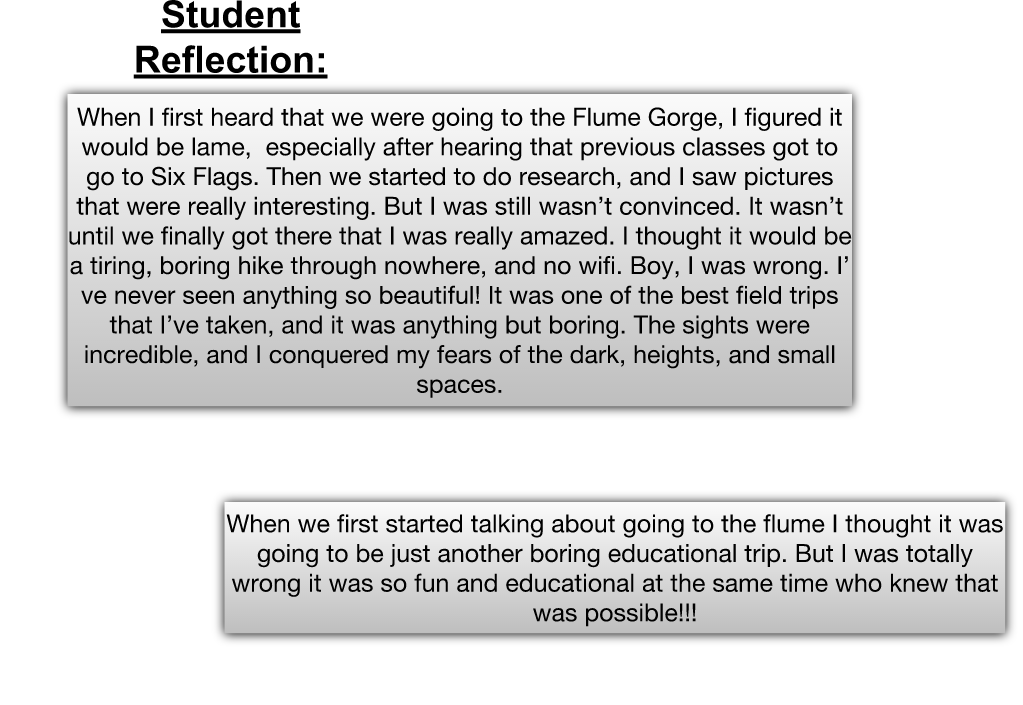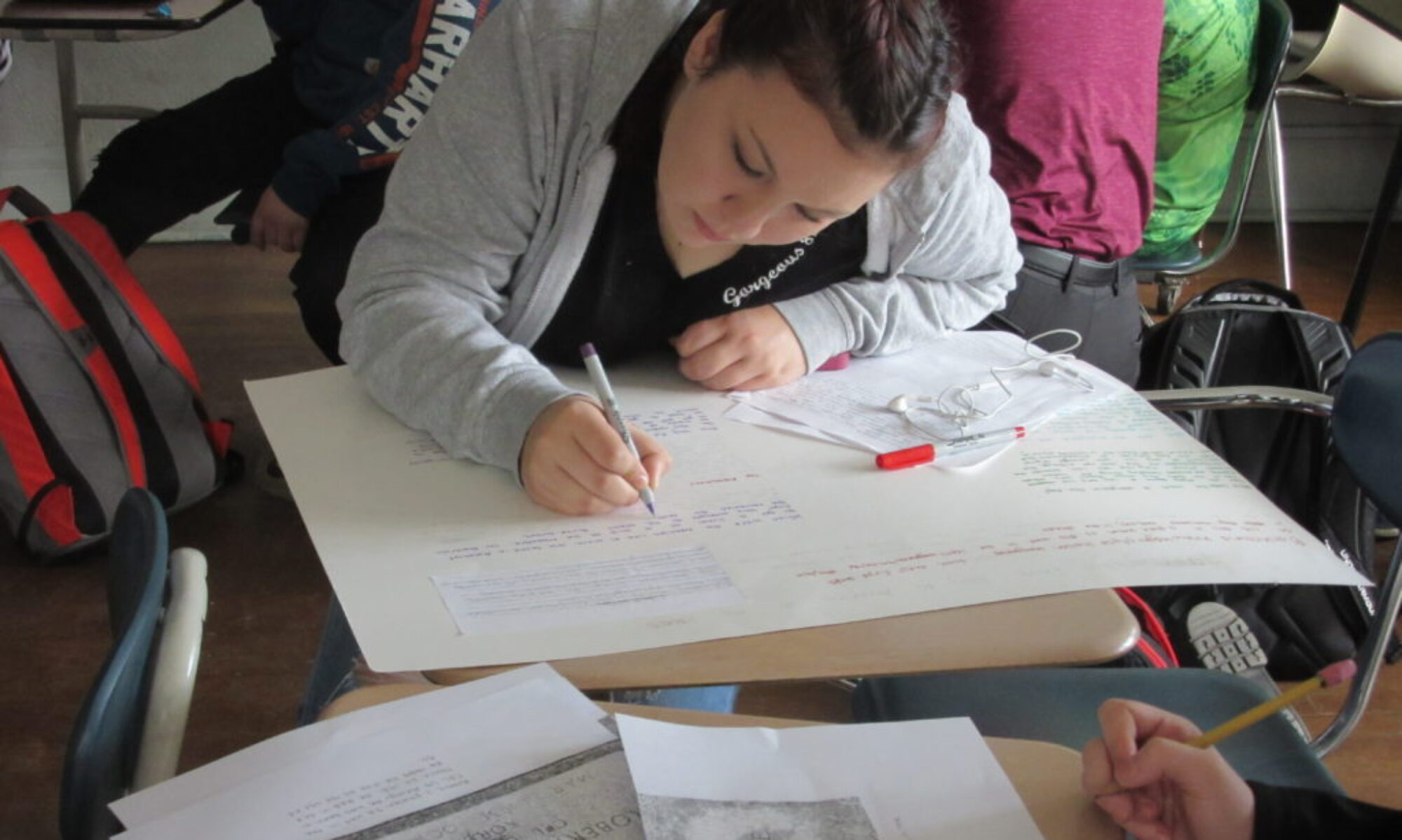Deepen place-based learning and boost emotional engagement
Having signed the permission slips, helped raise money, converted US dollars to Canadian, and reviewed the itinerary multiple times, I attended an information night for my daughters’ end-of-year field trip: a 3-day adventure in Quebec City. I learned (among other things) how to be certain if mobile devices made their way across the border, how to turn off data plans to avoid being charged outrageous fees. I thank the organizers tremendously for reminding us about this issue.
What I didn’t hear though was how mobile devices might be used to enhance learning on this trip.The power of these devices in students’ hands while they explore seems too powerful to pass up.
Why use mobile devices on field trips?
As the final few weeks of school wind down, many of us are gearing up for the perennial end-of-year field trip. These celebratory events often include learning goals like the cultural immersion hoped for by those intrepid teachers at Main Street Middle School who are taking my daughters and their entire 8th grade class for that 3-day adventure in in Canada.
Now, I know they can be a huge distraction, but I also believe when used intentionally, mobile devices do enhance learning.
That’s why when I ran across this summary of a research study from Columbia Teachers College EdLab’s New Learning Times, How to Use Phones to Emotionally Connect to the Environment, I paid special attention. These researchers set out to answer the question “What role does technology have in shaping how students learn when they’re outdoors?”
7th grade students on a field trip to a botanical garden were separated into 3 groups: the first equipped with notebooks and no mobile devices, the second with mobile devices and an augmented reality app, and the third with mobile devices and a field guide. The study revealed that:
Students without mobile devices were not as emotionally connected to the environment, nor were they as empowered in learning the content as the group that was given technology and a field guide. Students who experienced the environment via a traditional learning model with only their notebooks showed the least amount of enthusiasm, while students with technology and the field guide reported the most engagement with the tour. These students had the highest confidence in what they had learned and showed the most motivation to continue regular coursework in biology.
The takeaway for educators:
Students learn best with a combination of teacher guidance and technology to support personal exploration. The devices in this instance created emotional engagement with the environment leading to enhanced learning outcomes, rather than being the distraction many of us fear they will turn out to be.
What a device-empowered field trip can look like
For a home grown example of just this kind of learning engagement here in Vermont, Michael Crocker, a teacher at the Cabot School, embarked on his own action research to answer the question “Does using iPads outdoors help students retain the information learned in class and foster more engagement with the project/activity?”
Each year Cabot students go on a field trip to the Flume Gorge in New Hampshire and Michael wondered how he could use mobile devices to engage his students more deeply in the history and geography of the landscape.
I am really excited to start this journey and make this trip more engaging for the students. It’s a great place and felt last year that even though the students loved it they missed out on the real importance of this area. The history and geology are so important and that is why people have been traveling to the Flume Gorge for many years. As I was thinking about this trip I wanted to make it better and thought about using the iPads. The initial idea was to slow the students down and make them read, think, and look at their surroundings.
A-Hunting We Will Go: Mobile-powered scavenger hunts
Crocker’s plan:
- Create scavenger hunt and push it to iPads (background/lock screen) or image to consult with.
- Put QR codes on trail beforehand with specified activities – 3 Challenges along the trail: tasks that students have to do that reference different apps.
- Create Master image screen with clues as to where to find QR codes.
- Once done, students present work in Explain Everything or other app of choice.
Michael presented his project at VTFest describing the project this way:
Get your students moving, outside and away from wifi — with iPads! We’ll show how we built a scavenger hunt at the Flume Gorge in New Hampshire using QR codes, Touchcast and iMovie. See how students ran wild back in the classroom, reflecting and building on the content they captured. iPads are about increasing engagement — not broadband, and you can use them to take real-world gameplay to the next level.
Student reflections from the Flume Gorge trip
These reflections from the Cabot trip illustrate exactly how mobile devices can enhance field trips.

“The students were so engaged this morning working on their finishing touches. At one point I gave them some time outside and five of them brought out their iPads to continue their work! The students went above and beyond my expectations with this experience. It was the right way to end the year.”



2 Replies to “How mobile devices can enhance field trips”
Comments are closed.